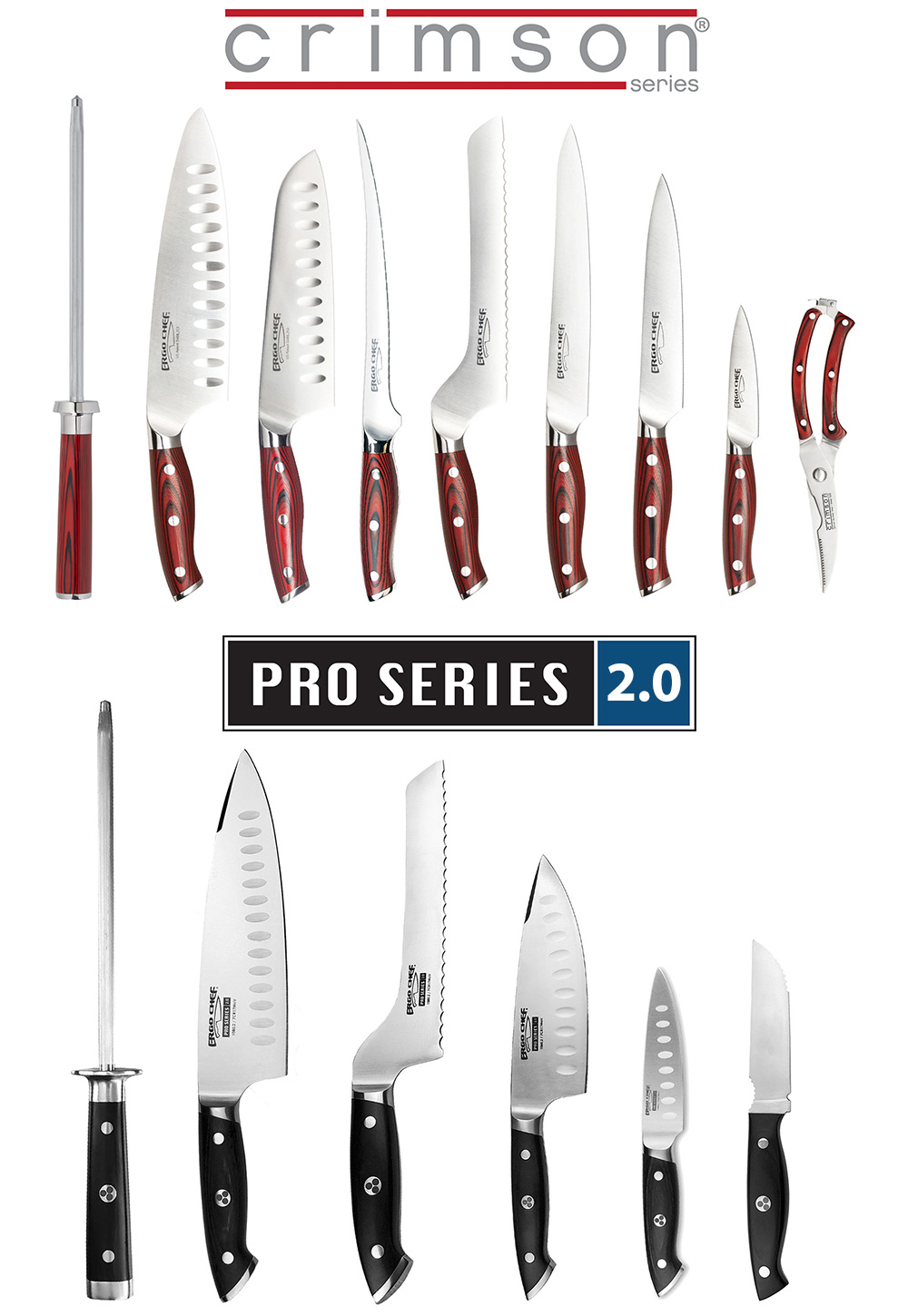
M-F 9:30am – 3:30pm EST

Fillet knives are essential tools in the kitchen, especially if you regularly prepare fish, poultry, or other delicate meats. A good fillet knife not only makes the process of filleting easier but also ensures that you get the most out of your ingredients, minimizing waste and maximizing flavor. In this article, we’ll explore what makes a fillet knife truly exceptional and how to use it effectively across various foods.
Key Features of a Good Fillet Knife
How to Use a Fillet Knife for Different Foods
Maintenance Tips for Your Fillet Knife
Conclusion
A good fillet knife is a versatile tool that can make food preparation more efficient and enjoyable. By choosing a knife with the right blade material, flexibility, and handle design, you can ensure that it meets your needs whether you’re filleting fish, deboning poultry, or tackling other kitchen tasks. With proper care and maintenance, a quality fillet knife will last for years, helping you to create beautifully prepared dishes with ease.
VIDEO

Natoque viverra porttitor volutpat penatibus himenaeos. Vehicula commodo si hendrerit.



